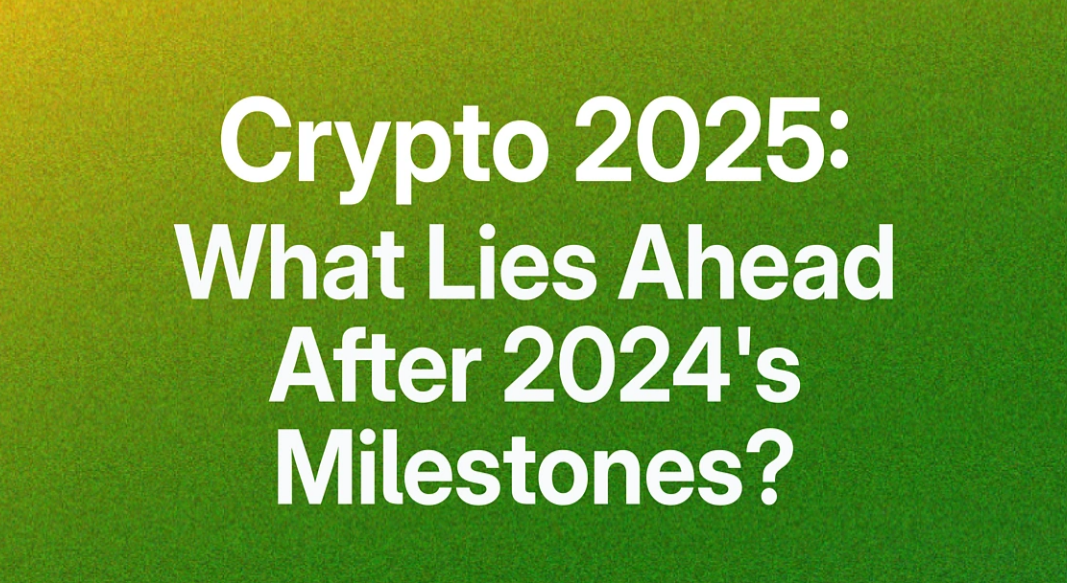The bitcoin market is bracing for a volatile month as the U.S. Federal Reserve’s anticipated interest rate cut looms large.
After a sharp price decline from $65,000 in late August to roughly $59,000 at the start of September, bitcoin is poised for further turbulence. The outcome of the Federal Reserve’s next meeting, expected to result in a rate cut, will likely dictate the near-term trajectory of bitcoin’s exchange rate with the dollar, but it’s the potential for deeper economic instability that has the market on edge.
Most market participants expect a 25 basis point cut, but speculation persists that the Fed could opt for a more aggressive 50 bps reduction, a move that would likely trigger heightened volatility.
As the global economy falters under the weight of central bank mismanagement and the resultant distortion of the market, people who use bitcoin as a hedge against monetary debasement may have their conviction tested.
Fed Rate Cut: What It Means For Bitcoin
The anticipation surrounding the Federal Reserve’s upcoming rate cut has heightened market uncertainty. Historically, rate cuts have been viewed as bullish for bitcoin, as monetary easing typically weakens the U.S. dollar and boosts demand for assets. However, this rate cut may prove to be a double-edged sword.
After embarking on an aggressive tightening cycle in 2022 to curb inflation, the Fed is now being forced to pivot as economic conditions weaken. This is to be expected in a financial system reliant on unable to sustain growth without continuous injections of liquidity.
For bitcoin, which has historically benefited from monetary easing, the Fed’s decision may have counterintuitive results. Bitcoin thrives as an alternative to fiat currencies, particularly in times of currency debasement. However, the potential for a more aggressive 50 bps cut introduces a factor for which market participants may not yet be fully accounting: heightened concerns about an impending economic slowdown or a recession. If the Fed signals deeper concerns about the economy, market participants may retreat from assets that they perceive as risky, including bitcoin, despite the fact that its value as a decentralized monetary network remains unchanged.
Is A 50 Basis Point Cut A Sign Of Deeper Trouble?
The concern over a 50 bps cut stems from the broader macroeconomic backdrop. The Fed’s previous rate hikes, delivered with urgency in 2022, were intended to curb inflation, but they also exposed underlying weaknesses in the economy—weaknesses now surfacing in the form of a slowing labor market.
Last Friday’s jobs report was another chapter in a long, sad story of the labor market in the U.S. that has been underperforming for years. Until now, this trend has been hidden by inflated jobs reports that have been repeatedly revised down after the initial publication. The most recent report did actually contain signs of a weakening labor market at the time of its release, with the U.S. Bureau of Labor Statistics’s Household Survey indicating that there was no improvement in unemployment month-over-month, and an increase to 7.1 million from 6.3 million over the past year. The implication is that the jobs market is, in fact, so weak that its weakness cannot be hidden any longer.
Many of those who are employed continue to struggle financially. Depending on how you measure it, the purchasing power of American wages is either tracking inflation or trailing behind it.
Global Economic Conditions And Bitcoin’s Long-Term Outlook
Central banks around the world are also grappling with weakening economies, with both the European Central Bank and the Bank of Japan facing challenges that could impact global liquidity flows. The Eurozone GDP grew at a sluggish 0.2% last quarter. The Bank of Japan is considering raising interest rates, which will accelerate the unwinding of the yen carry trade. China, meanwhile, is set to pump liquidity into its slowing economy in a desperate bid to stave off recession, as factory output, consumption, and investment have all slowed and unemployment rose to a six-month high.
On top of this, the contentious presidential election season in the U.S. has given rise to the prospect of economic policies that are overtly hostile to investment and growth. If the proponents of such policies gain political momentum, expect even more volatility in bitcoin’s exchange rate with the dollar.
Bitcoin’s correlation with global economic conditions suffers from multiple personality disorder, making moves in the price impossible to predict. In some cases, such as the initial invasion of Ukraine, bitcoin behaves as a risk-off asset. In others, such as the onset of COVID, it behaves as a risk-on asset. What does remain clear is that central banks’ attempts to paper over deep fissures in the rules-based order with liquidity injections ultimately serve to highlight the long-term benefits of bitcoin. Over time, bitcoin’s monetary properties will win out.
A September To Remember For Bitcoin?
As September progresses, bitcoin investors are bracing for a potentially bumpy ride. With the Fed’s upcoming rate cut decision looming large, the outlook for bitcoin remains uncertain. A 25 bps cut may be priced in, limiting its short-term impact, but a 50 bps cut could signal deeper economic concerns, triggering a wave of volatility.
However, there is still room for surprises. If the Fed manages to strike the right balance between addressing economic risks and maintaining market confidence, bitcoin could emerge from this turbulent period in a stronger position. However, if recession fears continue to grow, bitcoin’s price could see further declines, leaving investors to navigate an increasingly unpredictable market.











